- News
- Reviews
- Bikes
- Components
- Bar tape & grips
- Bottom brackets
- Brake & gear cables
- Brake & STI levers
- Brake pads & spares
- Brakes
- Cassettes & freewheels
- Chains
- Chainsets & chainrings
- Derailleurs - front
- Derailleurs - rear
- Forks
- Gear levers & shifters
- Groupsets
- Handlebars & extensions
- Headsets
- Hubs
- Inner tubes
- Pedals
- Quick releases & skewers
- Saddles
- Seatposts
- Stems
- Wheels
- Tyres
- Tubeless valves
- Accessories
- Accessories - misc
- Computer mounts
- Bags
- Bar ends
- Bike bags & cases
- Bottle cages
- Bottles
- Cameras
- Car racks
- Child seats
- Computers
- Glasses
- GPS units
- Helmets
- Lights - front
- Lights - rear
- Lights - sets
- Locks
- Mirrors
- Mudguards
- Racks
- Pumps & CO2 inflators
- Puncture kits
- Reflectives
- Smart watches
- Stands and racks
- Trailers
- Clothing
- Health, fitness and nutrition
- Tools and workshop
- Miscellaneous
- Buyers Guides
- Features
- Forum
- Recommends
- Podcast
TECH NEWS
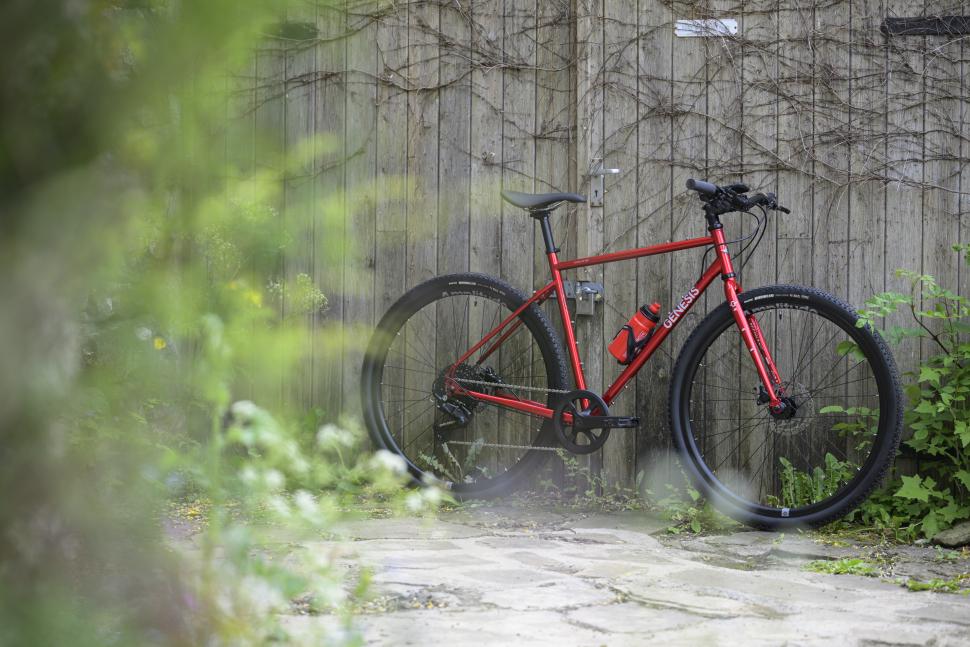 2024 Genesis Croix de Fer flat bar
2024 Genesis Croix de Fer flat barGenesis gives Croix de Fer "biggest update since it was introduced in 2008", with "racier" design and wider tyre clearance
Genesis has unveiled its updated gravel and adventure bike range, the Croix de Fer and Tour de Fer getting "significant updates" including increased tyre clearance and new componentry options.
The British adventure brand hailed the changes as "our biggest release of new product since before the Covid pandemic" and stated its ever-popular steel-framed Croix de Fer has its "biggest update since it was introduced in 2008", the stand-out news that tyre clearance has been boosted to allow up to a 700x47c tyre (45mm if using mudguards). It should benefit from new tube shapes and a custom top tube drawing taken from Genesis's Volare road bike, "evolutionary" changes the brand hopes will be "improving what was already fantastic ride comfort" while offering a "racier" look than previous iterations.
First released in 2008 and used by Vin Cox during his then-world record circumnavigation of the globe in 2010 (and later the ride of choice of Hollywood star Harrison Ford), the Croix de Fer has built a reputation as a popular and versatile cyclo-cross/commuting favourite, the updated range comprising seven complete bikes (starting at £1,199.99 for the 10 Flat Bar, through to £2,799.99 for the Croix de Fer 50) and three frameset options. Flat bar options are available for both the 10 and 20 models, the other pricier models only available with drop handlebars.
The flagship Croix de Fer 50 comes with a newly designed carbon fork and the aforementioned tyre clearance, plus dynamo routing, a Shimano GRX 2x12 drivetrain, and tubeless compatible rims.
No word yet on how much the updated Genesis models will weigh or what colour options will be available but we will add that info here once we've got it. The 30, 40 and 50 are all dropper post compatible and the entire Croix de Fer range has internal cable routing. At the cheaper price points, Shimano Cues or Shimano GRX 10sp is the drivetrain of choice.
Genesis's Tour de Fer, a bike aiming "to offer a touring ready specification straight out from the box" has also been updated with the spec "tweaked based on customer feedback and updated to suit new componentry options".
All four models now run 2x drivetrains, moving away from triple chainsets completely to save on weight and keep up with current groupset offerings from manufacturers. The 30 and 40 Tour de Fer come with Dynamo lighting from Busch and Muller, the 10 and 20 featuring the same routing should riders want to add it in the future.
Fans of external cable routing will be pleased to see it remain for easy maintenance, although it now uses a full cable outer for better protection from the elements and muck. Prices range from £1,299.99 for the Tour de Fer 10, equipped with Shimano Cues 2x9, through to £2,199.99 for the Tour de Fer 40.
Genesis has also updated its Vagabond, a bike "ideal for those looking to blur the lines between gravel and MTB" ("gravel plus" if you prefer that term), something you can read more about over with our friends at off-road.cc.
"This launch marks our biggest release of new product since before the Covid pandemic, so it's safe to say that we're pretty excited about it," Genesis Product Manager Sam Lawson explained. "The iconic model within our range, Croix de Fer, gets a host of evolutionary updates with new tube shapes and bigger tyre clearance at all spec levels.
"Our Tour de Fer remains the go-to choice for touring. You'll find dynamo lighting, spare spokes, fast rolling tyres and front and rear racks to ensure that your Tour de Fer is ready to go from the box."
Check out the full range, spec and prices on Genesis's website...
Dan is the road.cc news editor and joined in 2020 having previously written about nearly every other sport under the sun for the Express, and the weird and wonderful world of non-league football for The Non-League Paper. Dan has been at road.cc for four years and mainly writes news and tech articles as well as the occasional feature. He has hopefully kept you entertained on the live blog too.
Never fast enough to take things on the bike too seriously, when he's not working you'll find him exploring the south of England by two wheels at a leisurely weekend pace, or enjoying his favourite Scottish roads when visiting family. Sometimes he'll even load up the bags and ride up the whole way, he's a bit strange like that.
Latest Comments
- stonojnr 2 hours 35 min ago
fwiw in that area, yes absolutely its normal, its like a lowland heath sandy area, most of the b roads have alot of sand at times,, it just blows...
- ROOTminus1 4 hours 22 min ago
I'm glad the article went into more detail and cleared things up, the headline had me worried that some autonomous building had run rampant and...
- mark1a 4 hours 41 min ago
Still here, just showing a few signs of wear and tear. Hopefully still serviceable for some years to come.
- Secret_squirrel 5 hours 11 min ago
Has he fully recovered though, and will he ever?...
- Rendel Harris 5 hours 25 min ago
How can you know that you are "equally fearful" as "any female cyclist"? There is no possible way of quantifying such emotions and female cyclists...
- chrisonabike 5 hours 57 min ago
I think it would be fairer to blame the moon - as in "my client is a loony".
- Bungle_52 6 hours 21 min ago
Nice idea but Gloucestershire Constabulary are not interested as exemplified by this prvious NMOTD. Not only was there NFA for the close pass in...
- hawkinspeter 7 hours 53 min ago
I think black boxes are great for early detection of cognitive decline and/or sight problems. Someone's driving is going to become much less smooth...
- Bigtwin 8 hours 28 min ago
It's a fashion. https://guildford-dragon.com/shalford-driver-who-smashed-shalford-war-me...
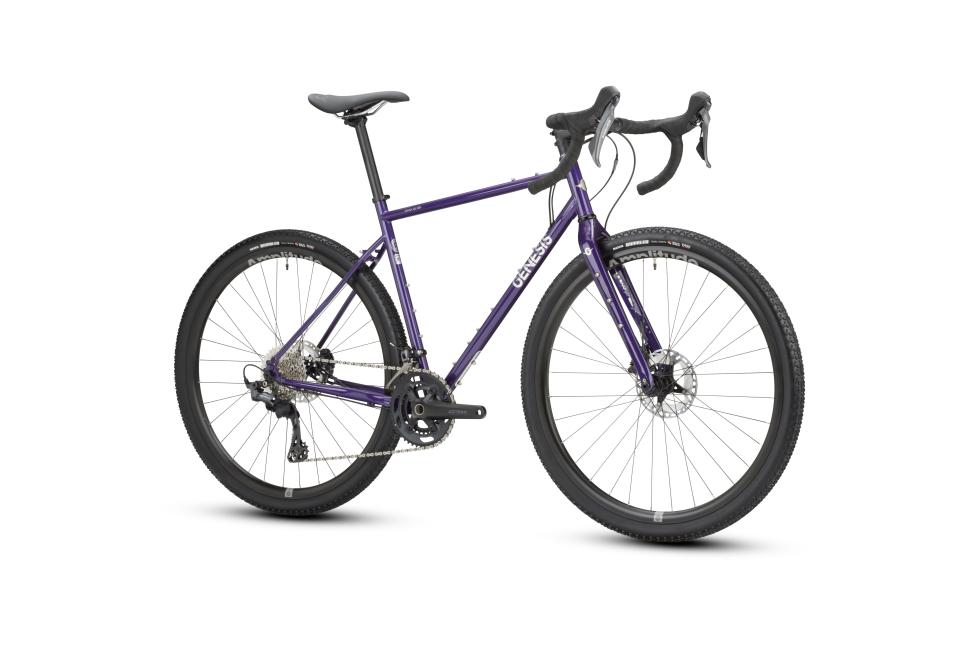
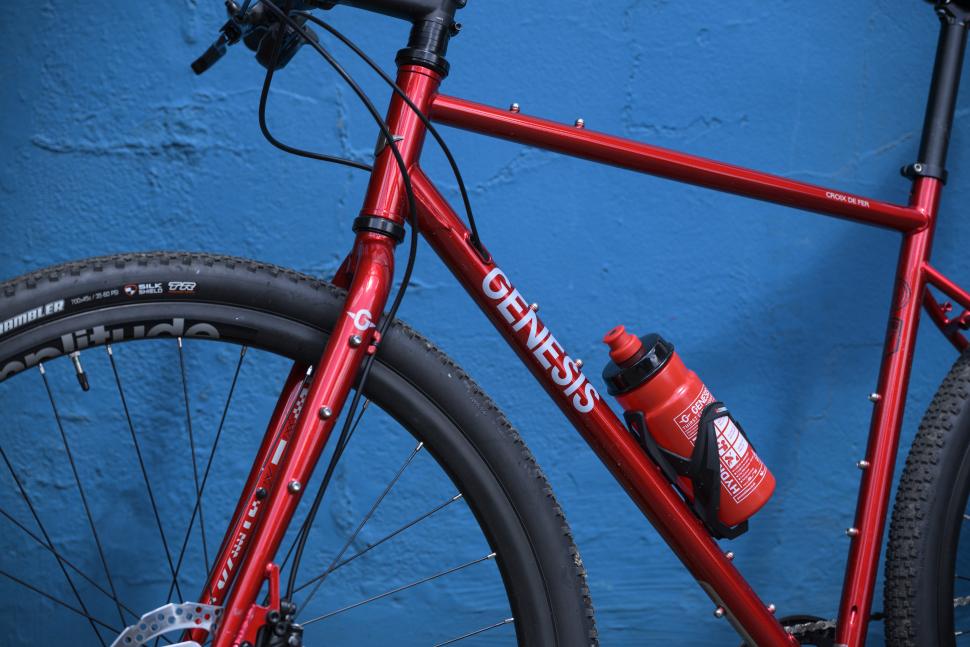
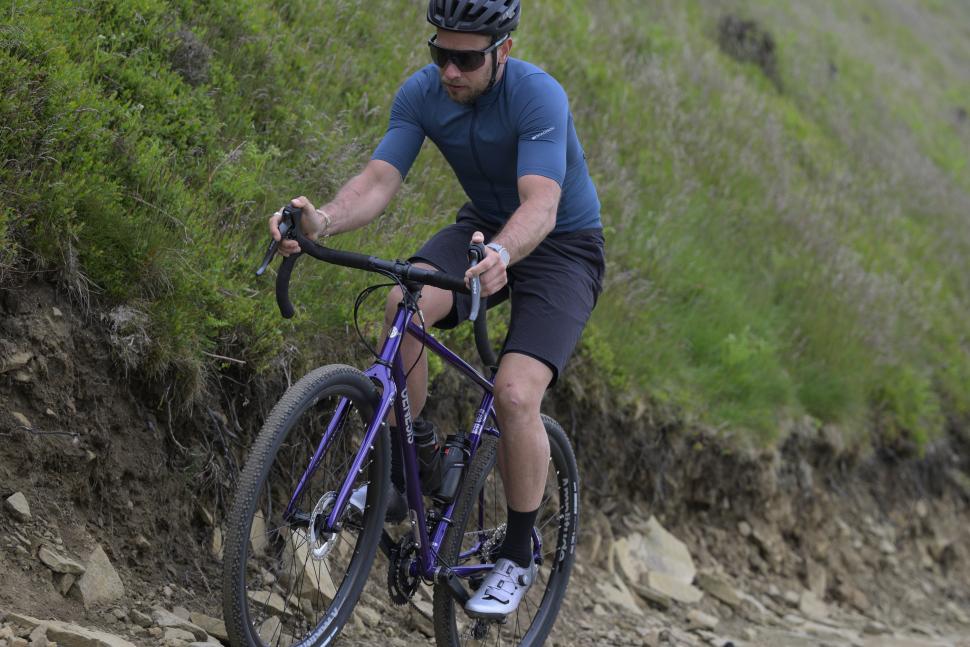
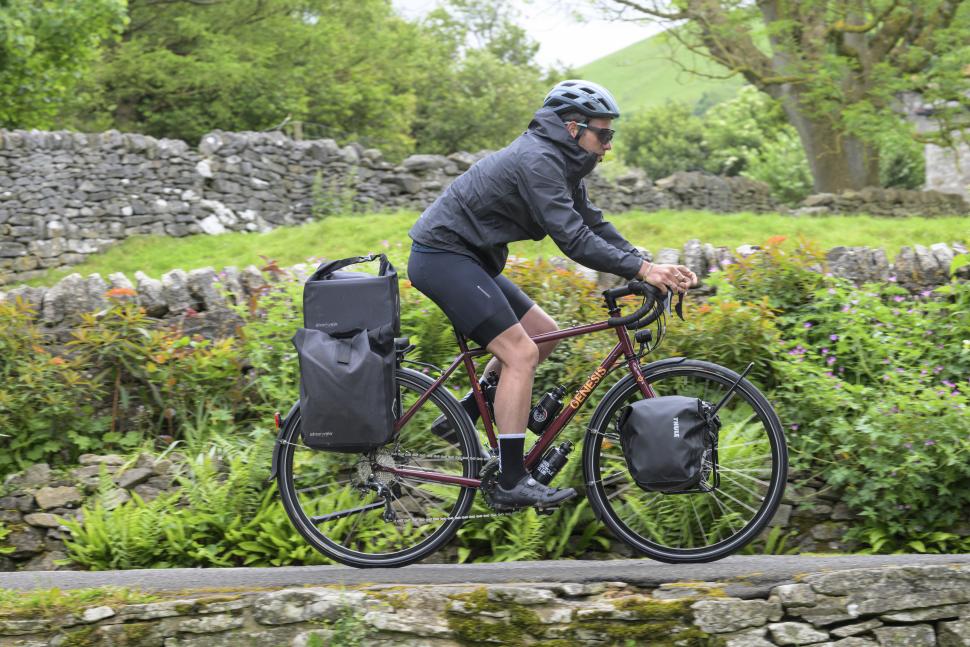
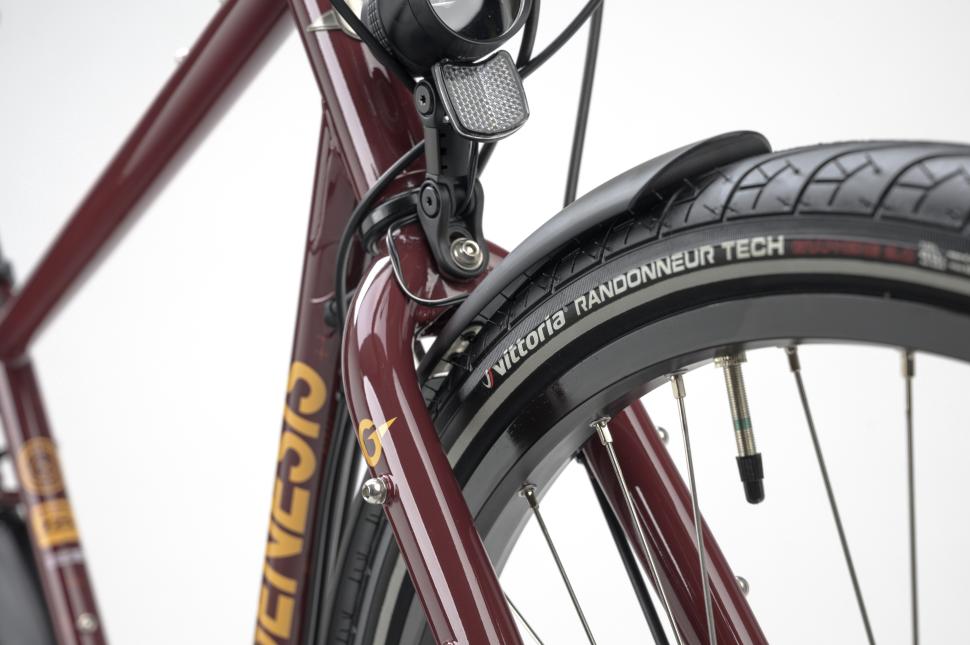
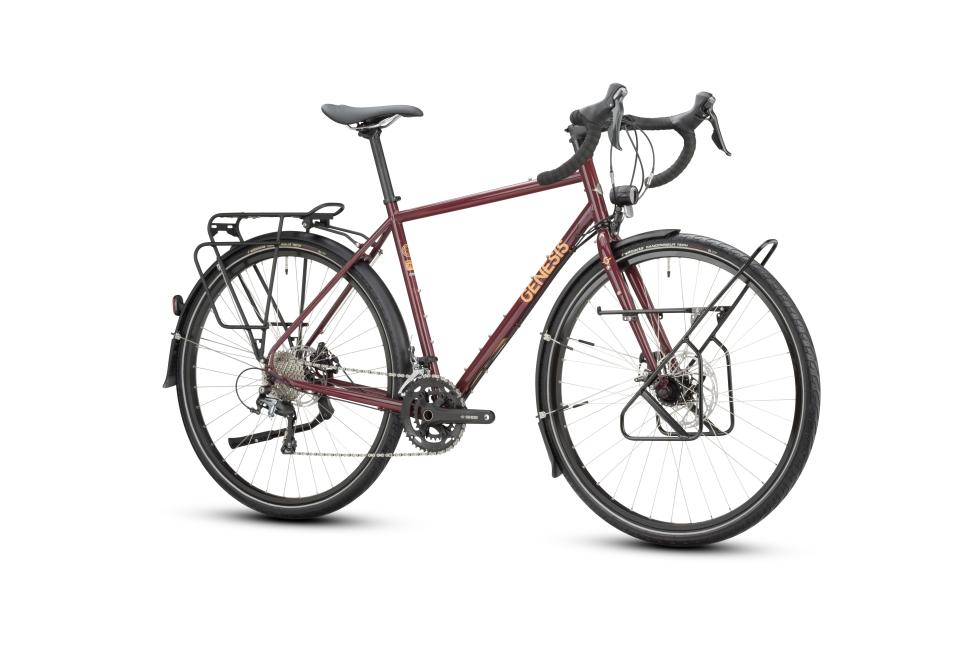
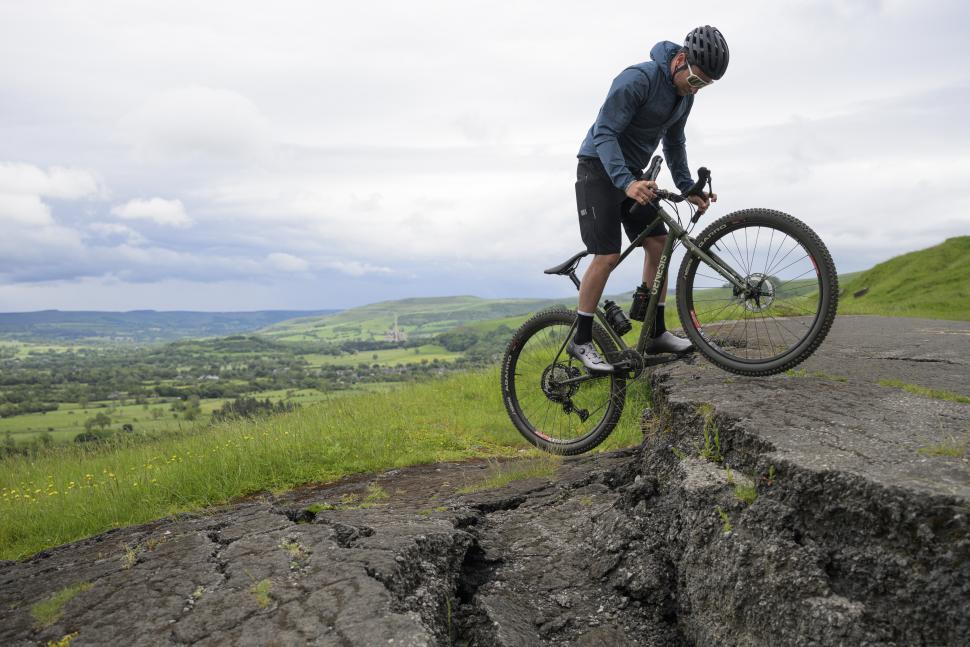
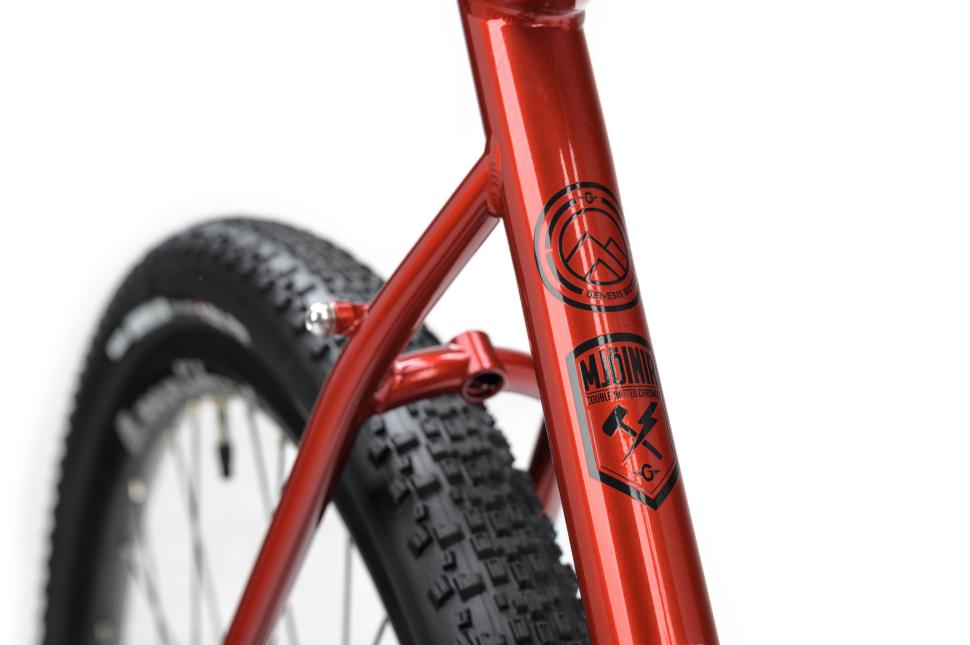
Add new comment
13 comments
I see they have positioned Genesis now as "The original Adventure Bicycle brand" and there is no updated Equillibrium on their site (the last remaining road bike they make). It would be quite sad if it does mean they are discontinuing the Reynold 725 Equillibrium. It's a very nice bike, in my opinion (as someone who has ridden one for the past 12 years).
Why must almost every gravel bike have those mounting points on the fork?? We are not all into bike packing and yes I know I could ignore them (as I do with my current bike) but it looks sh1te IMO. Rant over.
I agree they look quite unsightly when not being used - there are plenty of blanking bolts on the market which sit flush to the boss and make them look less obtrusive, might help?
There are plenty of gravel bikes that don't have cage bosses on the forks - indeed pretty much any gravel bike not aimed at the adventure/bikepacking set.
The CdF is an all rounder, with that including the potential for bikepacking, so not having those mounts would be a huge ommission.
The Croix-de-fer is not marketed as a Gravel bike, never has been. It's been around before the phrase was even coined. It's an Adventure bike an thus has a wider role. If you want a gravel bike without the mounts, don't buy this.
Can't believe the two lower models are still Q/R......No excuse in all honesty. Apart from that, they're rather nice bikes....
Croix de Fer - Updated, and yet already outdated. For this type of bike I can see 50mm clearance not just becoming the norm, but the minimum. Unless that is they are aiming the Croix de Fer at being the all rounder that most seem to view it as, rather than an out and out gravel and adventure bike. Perhaps the Fugio will get 29er/700c wheels and 50mm+ clearance?
Not IMO. 50+mm is the preserve of MTBs. 50mm tyres are too big, buzzy and heavy for a gravel bike. 40-50mm is the sweet spot for Gravel.
For riding rough tarmac/ hard packed gravel I would go even lower. My gravel bike currently runs 38mm, and they are plenty draggy enough. Once they wear out, ideally I would drop to 35mm but 'cos fashion I am likely to have to move up to 40 at least to get decent tyres.
Last time I did a long gravel ride - over forestry roads with somewhat chunky gravel in Kielder forest - I was on 52c tyres @ ~35psi on my Vagabond, and my cycling friend was on 38s on his Cannondale. The last quarter or third of the ride or so, the bumps and buzz of the gravel had really tired out my mate - I was still pretty good. I think lightly treaded, larger tyres may be better for gravel as a result.
Funnily enough, Dylan Johnson thinks this too. And he has had tyres properly tested for rolling resistance - larger, higher TPI, lower psi, MTB tyres can roll faster than narrower, higher PSI, gravel tyres (which then need thicker sidewalls to be robust).
Depends on what you mean by gravel. Up here in Scotland, few gravel routes are 'smooth' gravel, even those on forest roads, and many have often fairly prolonged sections that many would describe as traditional (i.e. 90s) mountain biking.
Meanwhile, in the US, many of the lifetime grand prix racers are switching to 50mm+ tyres, particularly for events like un-bound, because trails don't need to be too rough for tyres that size to have the upper hand in rolling and comfort.
Most gravel tyres have thicker casing to provide more puncture protection due to the narrower size compared with MTB tyres, meaning that many gravel tyres are actually slower rolling than MTB tyres. The effect of tyre tread is still very unknown, and strangely Dylan Johnson found in the wind tunnel that Conti Race King tyres were more aero than narrower Pirrelli Cinturato gravel tyres.
The conventional/traditional thinking on tyres needs to be abandoned.
Agree.
My 26" and 650b 2.1-2.2" Race Kings or RH Humptulips roll at least just as fast as narrower "gravel" tyres even on most roads. When I hit any off road sections, there is no contest.
IMO the optimal setup for most of UK's "gravel" (mostly not gravel at all) is 27.5/650b with 2.00" ish fast rolling tyres with uniform minimal tread. 700c wheels just make the whole system unnecesarily heavy and toe overlappy.
700c 35-45mm that the marketers are pushing is an equivalent of running 23-25mm at 100PSI on rough roads in the past.
I've settled on Humpties as the best tyre for my rides (rural backroads, bridleways, hills). My old frame even lets me use these with mudguards.